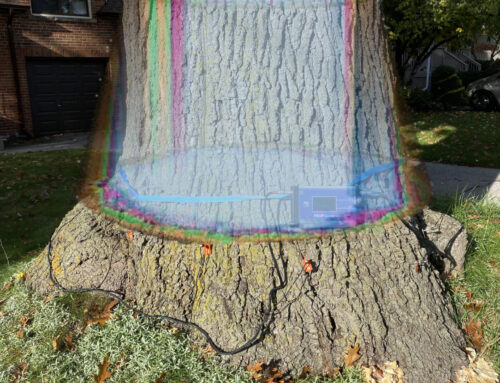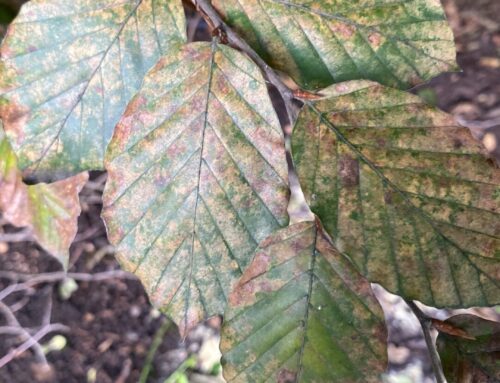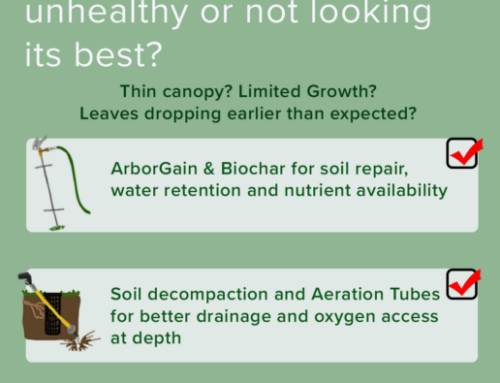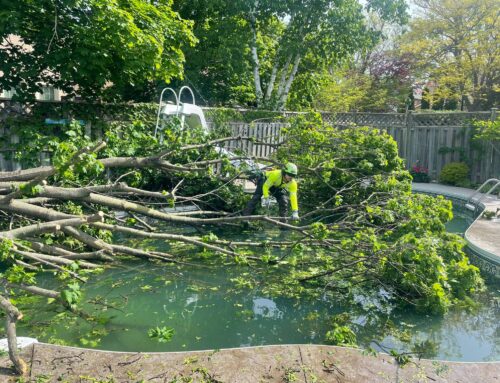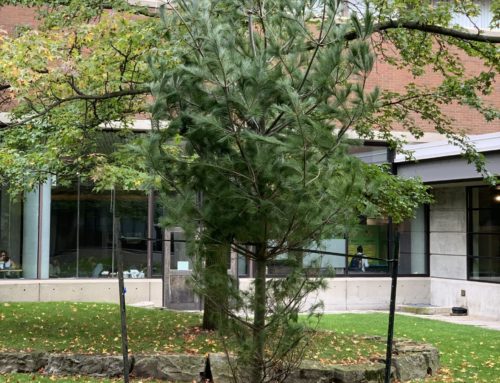Winter is coming! This means snow, and ice and the inevitable de-icing salts to keep our roadways and sidewalks slip-free. This salt ends up in the soil of our front yards, putting stress on our trees, shrubs and lawns. Even if you don’t use salts on your own walkways, the trucks that apply them to city streets will cause salt spray on your road-side lawns.
While salt is a great solution for ice, it’s not so great for plants.
Why is salt harmful to plants?
Deicing salts end up in the soil of our front yards, placing significant stress on our trees, shrubs, and lawns. Salt blocks water uptake into the roots of plants and can produce devastating effects in the spring.
What happens to plants whose soil has been salted?
When roots are in contact with deicing salt, the effects can include yellow leaves, poor growth, loss of foliage, and even plant death. Left untreated, salts levels will remain high in the soil for the critical spring growing season.
How can we prevent this?
Applying a treatment of granular salt-buffer in late fall/early winter will move the salt from the top layer of soil into the lower layers – out of reach from your plants’ roots. This will allow for maximum water uptake when your plants need it most. Additionally, Salt Buffer adds calcium to your soil, an essential mineral for nutrient mobility within plant tissue. Salt buffer will help to ensure green healthy growth when spring arrives once again!




